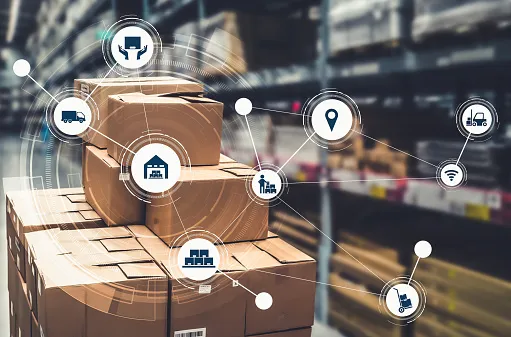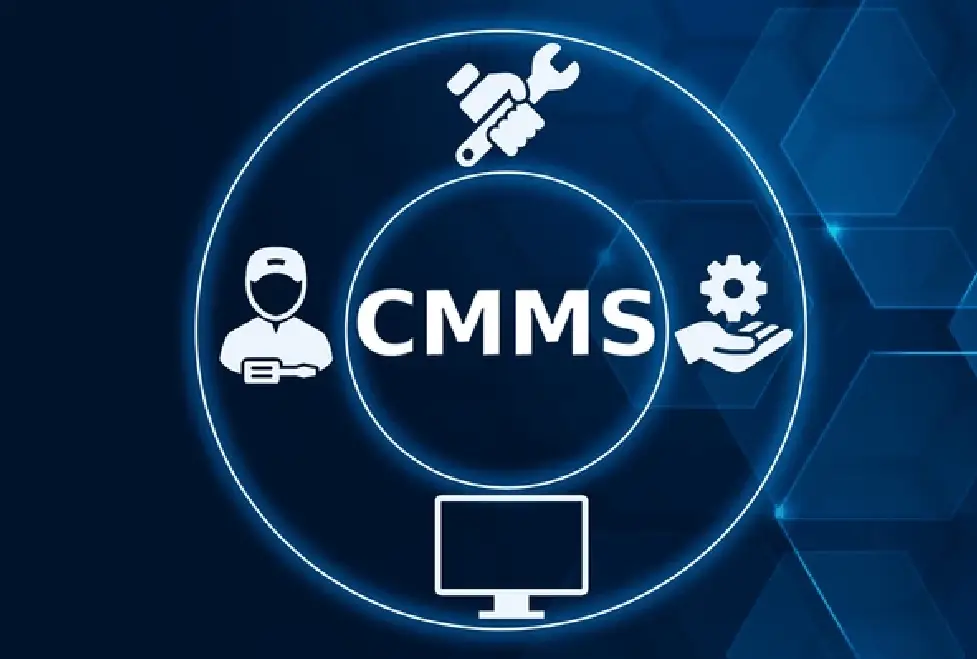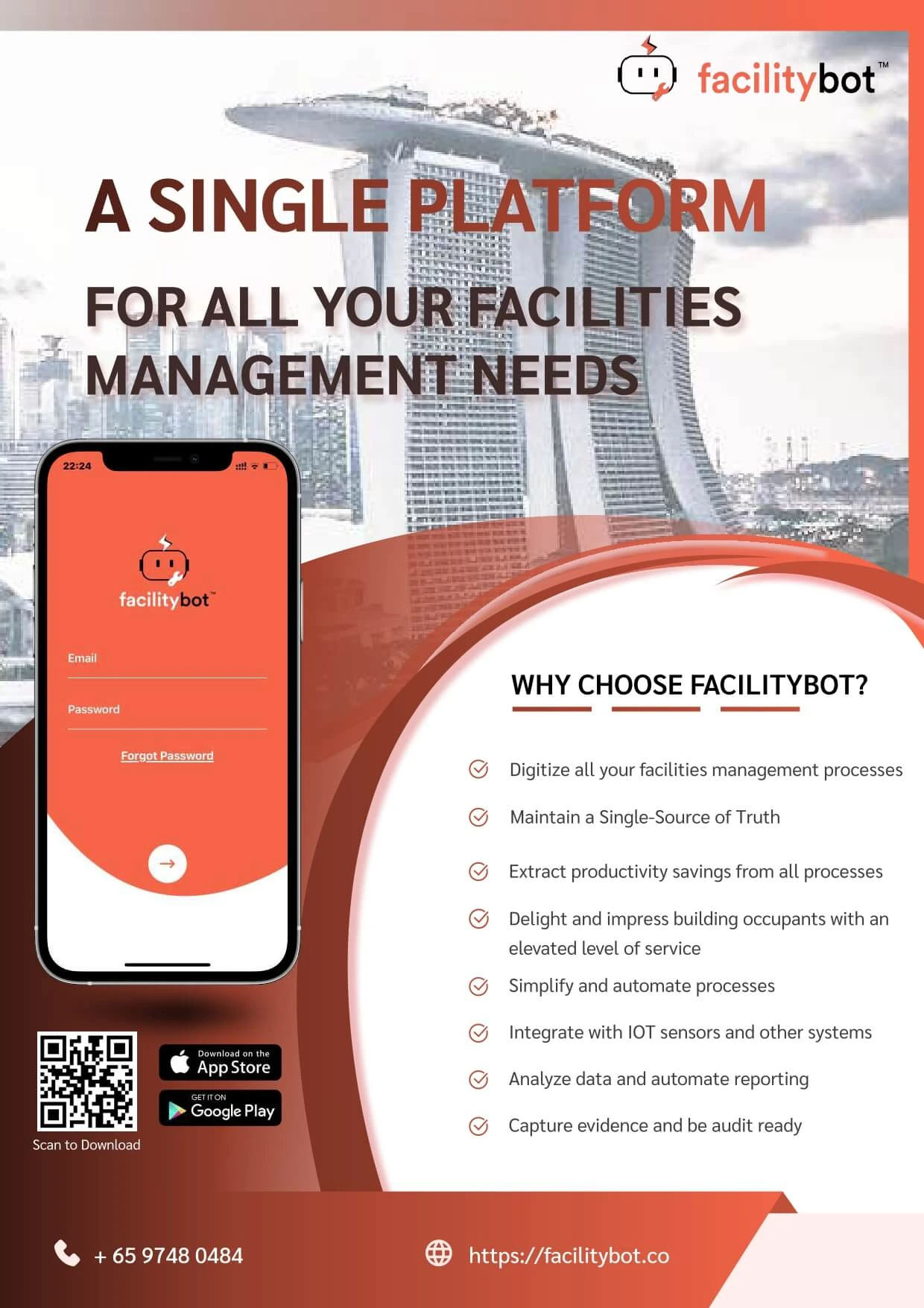Last updated on May 12th, 2025 at 06:52 pm
In today’s fast-paced business environment, procurement and supply management are critical components for operational success. While the terms may seem similar, they represent different but closely related processes that play crucial roles in achieving business goals, especially in facilities management.
Supply management procurement focuses on acquiring the necessary goods and services, ensuring that the entire supply chain runs efficiently. For businesses, especially in facilities management, understanding the intricacies of supply management and procurement can lead to better decision-making, reduced costs, and enhanced service delivery.
What is Procurement?
Procurement refers to the process of acquiring goods, services, or works from external sources. In facilities management, this can include sourcing raw materials, equipment, services, or outsourced labor necessary to maintain the operation and upkeep of the facility.

Key Aspects of Procurement:
- Focus: Primarily concerned with acquiring goods and services needed for daily operations.
- Activities: Includes sourcing, purchasing, negotiating with suppliers, and managing supplier relationships.
- Goal: To secure the best materials, products, and services at competitive prices, ensuring timely delivery and adherence to quality standards.
Example in Facilities Management: A facility manager may procure maintenance services, cleaning supplies, or HVAC systems to ensure the smooth functioning of the building.
What is Supply Management?
Supply management takes a broader approach, encompassing not just procurement but also the entire supply chain process. In facilities management, supply management includes overseeing procurement, logistics, inventory management, and the distribution of materials and services required to run the facility.
Key Aspects of Supply Management:
- Focus: Manages the entire supply chain process, from raw materials to the final product delivery.
- Activities: Involves procurement, inventory control, production planning, logistics, and distribution.
- Goal: To optimize the supply chain to improve efficiency, reduce costs, and ensure customer satisfaction, in this case, meeting the needs of facility operations.
Example in Facilities Management: A facilities manager might oversee the entire process of acquiring, storing, and delivering necessary supplies such as cleaning products, safety equipment, or construction materials for building upkeep.
Key Differences and Interdependence between Procurement and Supply Management
While procurement focuses primarily on sourcing and purchasing, supply management includes procurement and extends to managing the flow of goods and services throughout the entire supply chain.
| Aspect | Procurement | Supply Management |
|---|---|---|
| Scope | A specific function within the supply chain, focused on obtaining the necessary goods and services. | A holistic approach encompassing procurement, logistics, production, and distribution, ensuring the smooth flow of materials to the end user. |
| Strategic vs. Operational | Often operational in nature, focusing on day-to-day purchasing decisions and vendor management. | More strategic, aiming to optimize the entire supply chain, from sourcing to delivery, aligning procurement decisions with long-term business objectives. |
| Interdependence | Procurement is a critical function of supply management. | Effective procurement is essential for managing the entire supply chain, ensuring that the necessary goods and services are available when needed. |
The Role of Procurement and Supply Management in Facility Operations
In facilities management, ensuring the seamless operation of the facility depends on an effective procurement and supply management strategy. These processes contribute directly to the maintenance of a safe, functional, and efficient environment for employees, clients, and visitors. This involves everything from sourcing cleaning services and maintenance staff to ensuring that the facility has the necessary materials for day-to-day operations.

By optimizing procurement and integrating them into supply management strategies, facilities managers can lower costs, reduce delays, and enhance overall efficiency. For example, procurement teams in facilities management may negotiate long-term contracts with suppliers to ensure the steady availability of essential goods or services, while also minimizing unexpected price fluctuations.
How Facility Bot Enhances Supply Management and Procurement in Facilities
Managing procurement and supply operations within a facility can be complex, requiring the integration of multiple processes and systems. Facility Bot, the best facilities management software in Singapore, offers a seamless solution to optimize these functions. With Facility Bot, businesses can streamline procurement processes, monitor inventory, manage contracts, and improve supplier performance all in one centralized platform.
Facility Bot’s automation and real-time data tracking allow facility managers to focus on more strategic tasks while the software handles repetitive procurement and supply management activities. The integration of procurement tasks with facility management system ensures that all aspects of the supply chain, from sourcing to service delivery, are aligned with operational goals.
By using Facility Bot, businesses can:
- Automate procurement requests and reduce errors.
- Track inventory and manage vendor contracts efficiently.
- Ensure timely deliveries and quality control.
- Integrate procurement data with overall facility management workflows.
For businesses looking to optimize procurement and supply management processes, Facility Bot stands as the best facilities management software in Singapore, helping organizations enhance operational efficiency and minimize risks.




